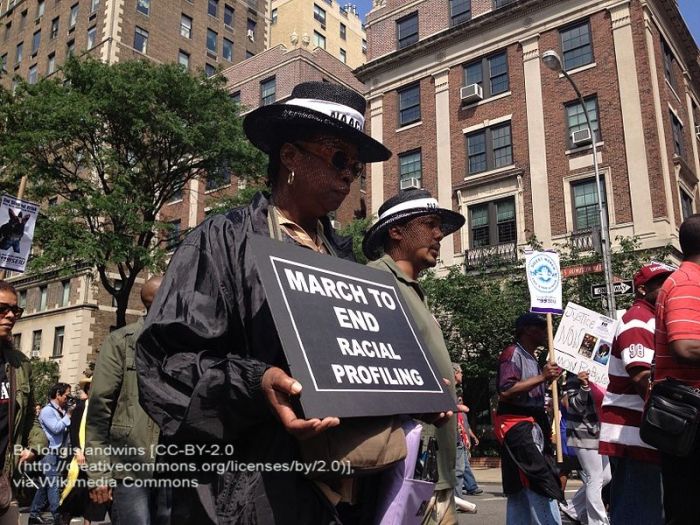Stop and Frisk: Controversy on Patrol Featured
- Written By Anne Ollswang

New York City, in an attempt to decrease crime, had adopted a "stop and frisk" policy in 2003, providing police the legal ability to stop and search anyone whom they had a reasonable suspicion was involved in illegal activities. The primary reason for designing the program was to locate weapons.
This seemed like a good idea at its inception, giving police more latitude in their ability to stop suspicious suspects and detect potential crimes early. Mayor Bloomberg was in support of the policy, attempting to decrease the crime rate in NYC. But “stop and frisk” gave police officers the option to employ the practice to anyone they viewed with “reasonable suspicion”. This phrase was undefined and as such, used with great latitude by police.
Unfortunately, "stop and frisk" has turned into "controversy and politics". NYC police have been accused of using the policy in a racist manner. 87% of the 4.4 million people stopped under the rule were black or hispanic. Police did not cite the specific reason for detaining these people as due to race, but rather reasons such as "furtive movements". Of those people detained, 90% were not charged with any crime. Also, in more than 98% of the 2.3 million frisks, no weapons were found.
Judge Shira Scheindlin ruled last week that the "stop and frisk" policy was indirectly targeting young black and hispanic residents of the city and humiliating and demeaning them with body searches. Often, a bulge seen in a pocket, used as “reasonable suspicion” was merely a cell phone or wallet. She stated that it was a violation of the constitution. She has ruled that the policy be halted effective immediately. The ruling that the procedure was unconstitutional and musts be discontinued was promptly appealed by Mayor Bloomberg.
The next question is: What will happen when Bloomberg steps down in December? Will a new mayor continue to support "stop and frisk"?
The bottom line is a question of the appropriateness and statistical proof of effectiveness of the racial profiling used by the police on the street. Does this violate our 4th amendment right against unreasonable search and seizure? What about the 14th amendment protection of equal rights under our laws? States are prohibited from discriminating against particular racial groups. Since we know the police are obviously targeting black and hispanic young men, is New York in violation?
The judge has ordered a federal monitor be appointed to oversee reforms, though not the complete end of “stop and frisk”. So the city is in the process of trying to reform the policy to be more fair and less racially motivated. Judge Scheindlin suggested having the patrolling cops wear small body cameras that can be reviewed for nondiscriminatory and fair behavior, and these would hopefully discourage police from inappropriately stopping those that are not behaving in a suspicious manner. This was suggested as a pilot program in addition to community meetings to discuss reformation of the police department’s current strategies.
Only time will tell whether the policy will be reformed or dropped completely.









